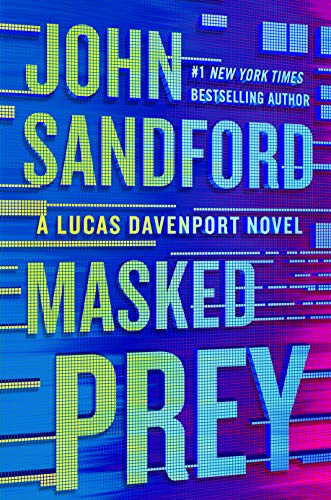
Has it actually been six years we’ve been enjoying Amazon Prime’s outstanding Bosch series? This isn’t exactly the world, or the characters, you’ll find in Michael Connelly’s bestselling crime novels, but it’s true to the spirit of the exercise. And Titus Welliver, as I’ve often said, has the character of Harry Bosch nailed.
This season, like the previous ones, is based on more than one book. So you’ll need to pay attention to keep the multiple story lines straight. Plot lines include the murder of a scientist near the famous Hollywood sign, which at first looks like part of a terrorist act by right-wing extremists. But it’s a lot more complicated than that, and police mistakes lead to serious blowback. There’s also a cold case, one of Harry’s “everybody matters” crusades, in which he tries to find the murderer of a teenaged street prostitute, attempting to give her mother some closure. And Harry’s partner Jerry Edgar is deep in an investigation of Haitian street gangs, which brings up bad memories of his own childhood in Haiti and leads him to contemplate crossing some lines.
It’s all intense, and fascinating, and compelling. A couple of points linger with me. I appreciated the expanded role for the Mutt ‘n Jeff detective team known as “Crate and Barrel,” older guys who started out pretty much as comic relief, but are now being permitted to demonstrate the qualities that earned them their gold shields in the first place.
Also the series took an interesting approach to its Alt-Right extremists. Although they’re clearly in the wrong, they’re given a chance to make their case, and they’re not entirely unsympathetic. Also – very oddly – they’re depicted as a multiracial group. I appreciate that touch, though I don’t find it very plausible (could be wrong).
Anyway, I consider Bosch one of the best series on any entertainment delivery system at the present time. Extreme cautions for language and mature themes.






